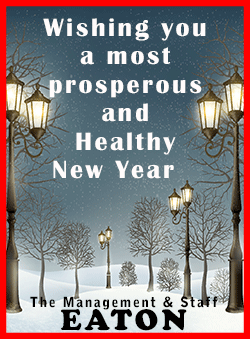|
 Researchers in Sweden found colicky babies spent less time crying
and were less likely to be colicky after two weeks of acupuncture
compared to babies receiving usual care. Researchers in Sweden found colicky babies spent less time crying
and were less likely to be colicky after two weeks of acupuncture
compared to babies receiving usual care.
"There is no safe medical treatment that has effect, but a
nutritional supplement of Lactobacillus reuteri can be tried, and
meeting a supportive professional may relieve the burden of colic,"
lead author Dr. Kajsa Landgren, of Lund University, told Reuters
Health in an email.
If babies cry more than three hours per day, parents may want to
consider removing cow's milk from their diets, she said. "For those
infants who still have colic, minimal acupuncture seems to be a safe
and effective treatment."
About 10 to 20 percent of families have had babies who cry
excessively, write Landgren and Inger Hallstrom in the journal
Acupuncture in Medicine.
For the new study, they recruited 426 healthy infants aged two to
eight weeks, but only 157 were enrolled in the trial. Many infants
didn't actually have colic and some parents did not want to
participate.
The babies were randomly assigned to receive one of two types of
acupuncture or usual care, which included regular wellness visits.

"In children, fewer needles are used, and the stimulation of the
needles is mild and short compared to treating adults," said
Landgren. "In other trials, laser-acupuncture and acupressure have
been used in babies."
Overall, 147 babies completed the two-week trial. The researchers
say babies receiving acupuncture improved more on measures of crying
than those who got usual care.
For example, babies getting acupuncture spent 40 percent less time
crying from their first visit to their last, compared to a 20
percent difference among babies who received usual care.
Infants who received acupuncture were also less likely to meet the
criteria for colic after a week or two of the intervention, the
study found.
The infants collectively received 388 acupuncture sessions. Babies
cried during 188 of those sessions, and the people delivering the
acupuncture reported seeing a single drop of blood 15 times.
"For otherwise healthy infants who according to a diary actually cry
more than three hours/day, and elimination of cow´s milk protein or
a nutritional supplement with lactobacillus reuteri did not help, I
think acupuncture can be tried, provided that an acupuncturist
trained in pediatric acupuncture is available," said Landgren.
[to top of second column] |

The study had too few participants to say whether one acupuncture
technique outperformed the other. In addition, statisticians who
reviewed the paper for the Science Media Center, a UK-based news
service, were concerned that the babies' parents might have been
able to guess what treatment the babies received, which could have
biased the results. They also point out that combining results from
the two acupuncture groups, as the study did, could be a potential
source of bias.
None of the statisticians were involved in the study.
One of them suggested the findings should be looked at alongside
other studies that investigated a similar treatment. "It’s too small
a study to be conclusive on its own but as there is no proven
conventional treatment for infantile colic one could argue there is
more evidence for acupuncture than conventional best practice,” Dr.
George Lewith, a professor of health research at the University of
Southampton in the UK, said in a press statement.
A second statistician, Edzard Ernst, emeritus professor of
complementary medicine at the University of Exeter in the UK, said
in a press statement that the study showed almost the opposite of
what the authors conclude.
"We know colicky babies respond even to minimal attention, and this
trial confirms that a little additional TLC will generate an
effect," he said. "The observed outcome is therefore not necessarily
related to acupuncture."
SOURCE: http://bit.ly/2ivfyOf Acupuncture in Medicine, online
January 16, 2017.
[© 2017 Thomson Reuters. All rights
reserved.] Copyright 2017 Reuters. All rights reserved. This material may not be published,
broadcast, rewritten or redistributed.
 |